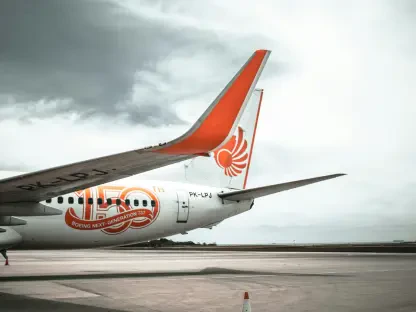In the eastern Deir Ezzor countryside, transportation fees have surged significantly under the control of the Syrian Democratic Forces (SDF), resulting in severe economic pressures on the local population due to an unregulated fuel price hike. The rise in transportation costs, which have more than doubled, directly stems from the spike in diesel prices—from 4,000 to 10,000 Syrian pounds per liter. This abrupt increase, largely unregulated, has drastically affected daily life and economic activities in the region.
University students, like Rama al-Madih, have had their weekly travel expenses skyrocket, making mobility and accessibility increasingly challenging. The added costs are felt not just by individuals but also by local businesses. Merchants have passed on the increased logistics costs to consumers, causing a subsequent rise in the prices of goods and food items. This chain reaction highlights the pervasive impact transportation fees have on the economy of Deir Ezzor.
A crucial factor in the fuel price hike is the SDF’s policy change allowing fuel tankers to cross into areas under temporary government control in Damascus. With increased demand in these regions, the supply to Deir Ezzor has dwindled, driving local fuel prices higher. This shift in fuel distribution is a primary element contributing to the rising cost of living and conducting business in the region. It underscores the broader economic strain experienced by the area’s residents.
Minibus drivers, such as Tawfiq al-Malla, have noted the insufficient support from the fuel committee associated with the Autonomous Administration of North and East Syria (AANES). They receive inadequate and low-quality diesel, amplifying the problem. Coupled with the high cost of regular vehicle maintenance, these factors have propelled transportation fees to unsustainable levels. The lack of regulatory intervention to stabilize these costs has drawn significant criticism from the residents.
Calls for action have intensified, with residents like Rama al-Madih advocating for standardized transportation fares to ease the burden on individuals and businesses. The link between soaring fuel prices and the devaluation of the Syrian pound against the dollar further complicates the region’s economic landscape. This depreciation exacerbates the overall financial challenges, making it harder for the local population to cope with the rising expenses.
In summary, the transportation fee surge in Deir Ezzor’s eastern countryside has presented substantial economic difficulties for its residents. Unchecked fuel price increases, coupled with inadequate administrative support and overall economic instability, have shaped the region’s socio-economic conditions. The situation calls for prompt regulatory measures to mitigate the financial strain and foster a more stable economic environment. The narrative provides a thorough understanding of the ripple effects of fuel price dynamics, urging for necessary interventions to alleviate the impact on Deir Ezzor’s community.









